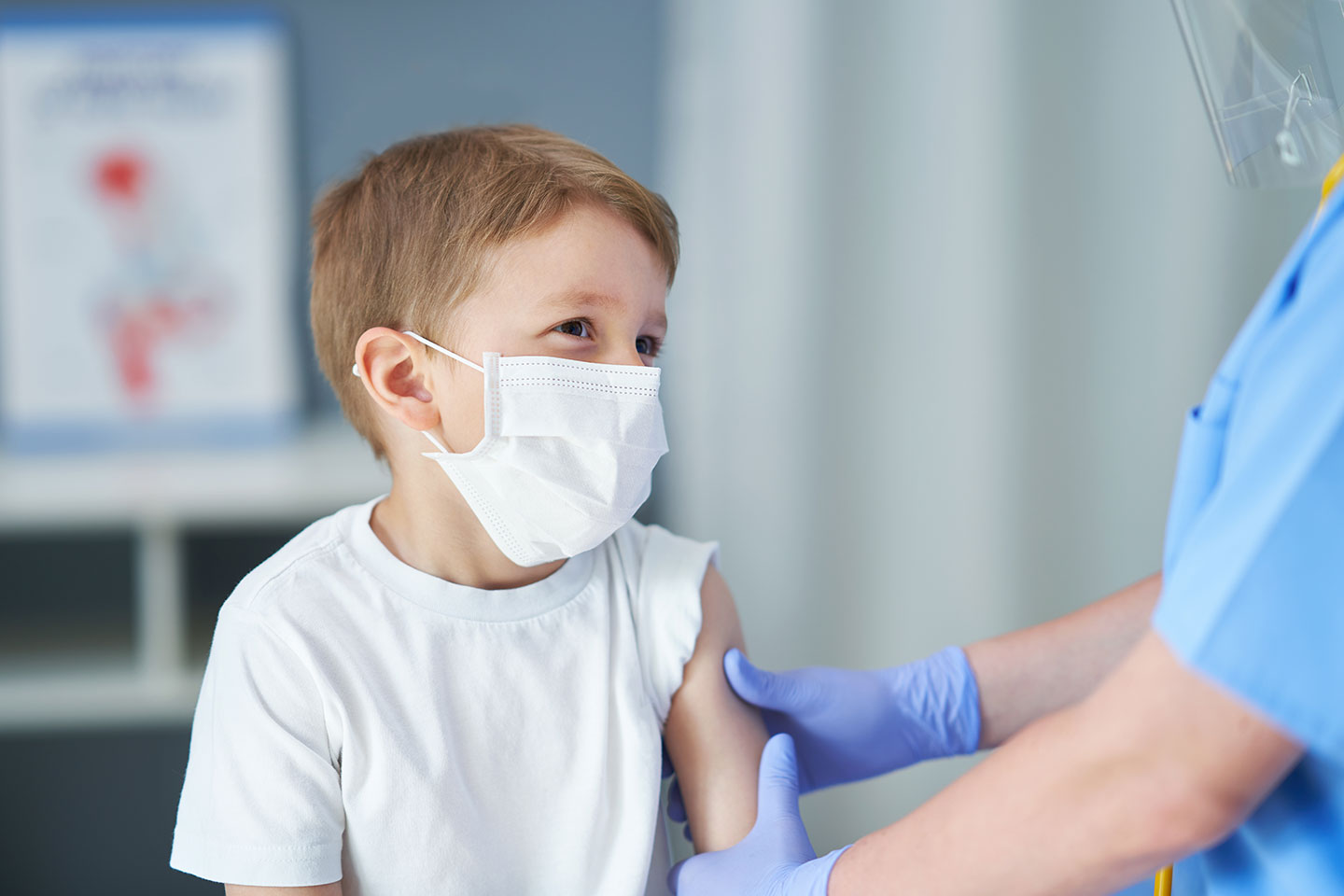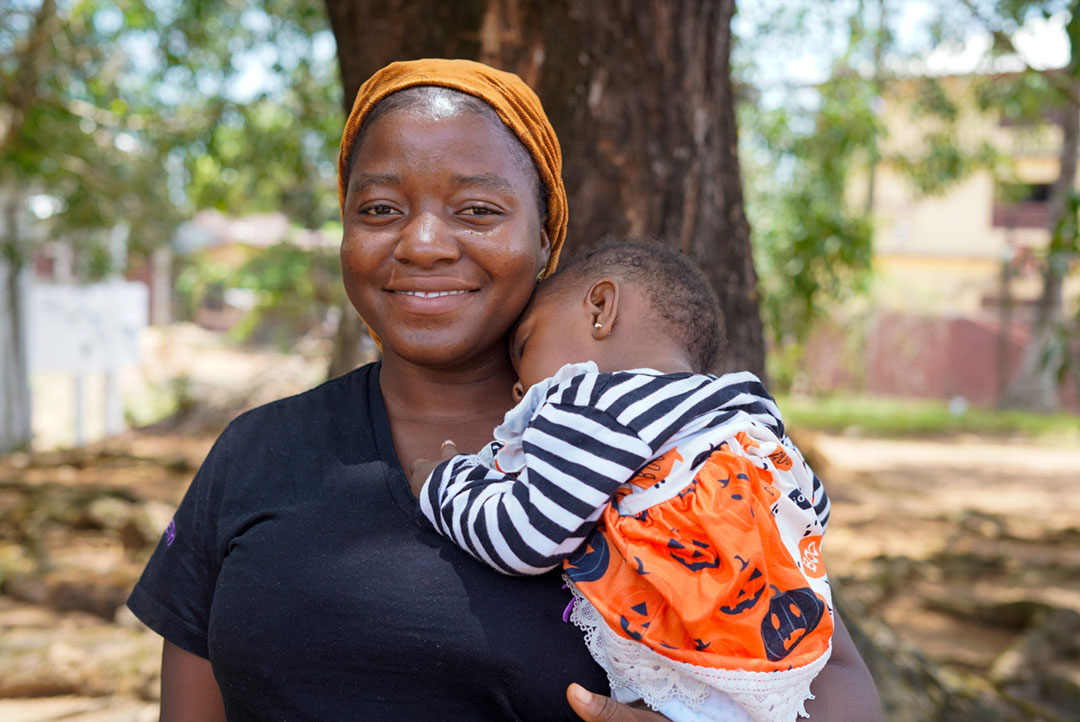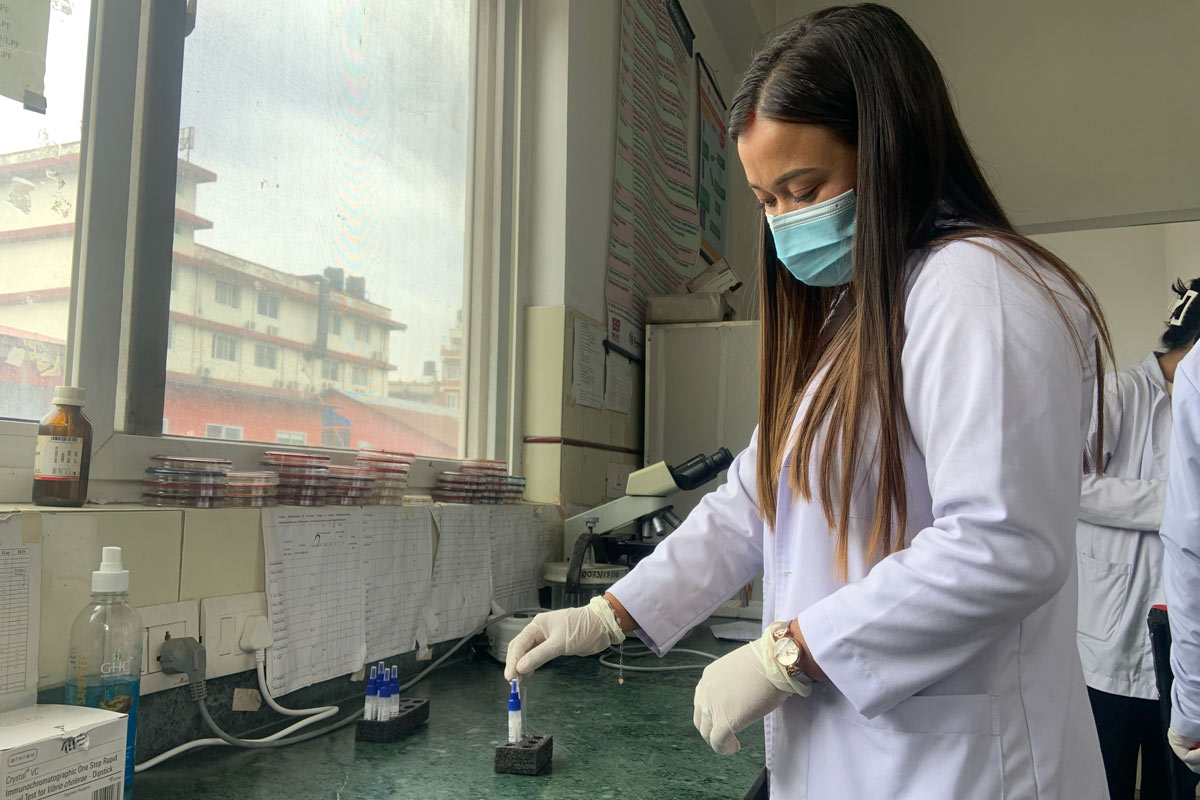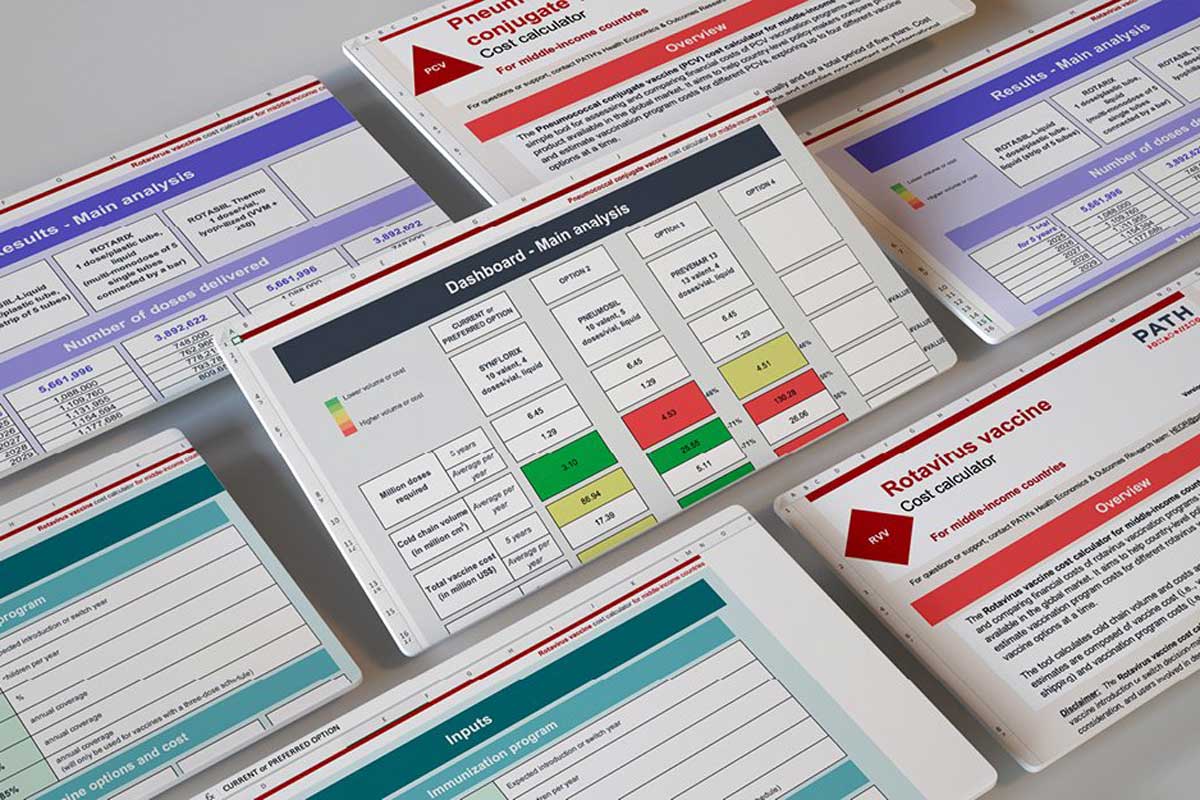The value of COVID-19 vaccines in children: Roadmap for a safer world
To make the world safe from COVID-19, we need everyone vaccinated, including children. To get back to normality, we also need vaccinated adults, ongoing safety measures, safe re-opening of schools, access to all recommended vaccines – and importantly, a rigorous pathway to identifying truly safe COVID-19 vaccines for children.
- 5 March 2021
- 5 min read
- by Dr Anita Shet

A year after this once-in-a-century pandemic, the world is a changed place. The global devastation wrought by the pandemic seemed relentless, and the collateral damage on children is likely to reverberate for years to come. Yet as a result of extraordinary global collaboration and determination, COVID-19 vaccines arrived less than a year after the discovery of the virus, a near-miracle that is providing much-needed hope for an end to the acute phase of the pandemic.
What is needed more than ever is adherence to the COVAX principles of widening access and vaccinating adults as quickly as possible to ensure equity.
Childhood is one of the most vulnerable periods for falling seriously ill. This is the period when protection is most needed, and thus children have traditionally been the primary recipient of vaccines. A natural question that is looming is – should we start vaccinating our children against COVID-19?
The need for COVID-19 vaccines for children
Consider that children under the age of 18 years form a large proportion of the population (24% in the US and 32% globally). Ensuring protection for a group that constitutes a quarter of the total population seems essential as we progress towards pandemic control. Protection is urgently needed when the disease risk is high.
Yet for children, there is a relatively low risk of disease. Although they account for 1 in 9 SARS-CoV-2 infections, they constitute only 2% of all hospitalisations. Most infections in children are mild and they recover fully. Serious illness is rare, but well-described; this includes the inflammatory and potentially deadly condition Multisystem Inflammatory Syndrome in Children (MIS-C). Approximately 1 in 3,500 child cases result in death, compared with a figure of 1 in 60 for adults.
While children are known to spread the virus to others, recent evidence from Iceland and South Korea suggests that children may be less efficient transmitters of SARS-CoV-2 than previously thought. To place this in perspective, it is important to remember that the risk of children spreading the virus is not zero, and a surge of cases in the community will be reflected in children as well. Although keeping schools open for in-person classes is critical for children’s education and development, having a large cohort of unvaccinated and susceptible children, despite their lower risk of infection and transmission, can become significant if cases in the community begin to rise.
Finally, evoking the ethical principle of distributive justice that the benefits and burdens should be distributed among society's members in a just manner, makes the case that children should be included in COVID-19 vaccine trials so that they may benefit from immunisation.
Assuring vaccine safety in children is critical
While the case for COVID-19 vaccines for children is clear, accumulating robust evidence of vaccine safety for children is even more of a priority. Far from being miniature versions of adults, children have striking differences in their metabolic and immunological processes compared to adults. Younger children have more active immune responses that translate into stronger reactions, such as higher fever and localised reactions. An uncommon immunological phenomenon is antibody-dependent enhancement, where antibodies to SARS-CoV-2 elicited from a vaccine may result in worse disease. We learned from prior vaccine trials in children for respiratory syncytial virus (RSV) and dengue infection, that vaccines may paradoxically intensify disease, resulting in greater risk to vaccinated children. Because of this, long-term safety data in children must be meticulously studied before recommendations can be made for vaccine deployment in children.
Have you read?
Running pediatric vaccine trials is more complicated than adult trials due to ethical issues and a host of factors unique to children. Nevertheless, throughout the world, there is growing recognition of the importance of including children and pregnant women in vaccine trials as early as possible. Many COVID-19 vaccine products authorised for emergency use in adults (AstraZeneca, Pfizer/BioNTech and Moderna) have initiated trials in children 12 years and older, and while recruitment has been slow, this is expected to pick up over the next months.
COVID-19’s domino effect on child health and well-being
The overall effects of COVID-19 on children have been calamitous. Education is clearly suffering, and 2020 is a lost year for a generation of children. Pediatric emergency department visits for mental health issues have been on the rise, with an increase in anxiety and social isolation seen among children and families. Many of these problems stem from societal pandemic responses and are not the direct effects of the virus on children. While we keep the focus on continuing safety measures, we must also plan safely opening up essential services such as schools, healthcare and child protection interventions. Getting the world back to a place of safety and normalcy is a priority for public health, governments and society.
No one is safe until everyone is safe
How can we keep ourselves and our children safe? Returning to our question on childhood vaccinations, we see that there is strong justification for vaccinating children. However, there are other vulnerable groups that need to be vaccinated first. The initial rollout has presented steep challenges such as logistical barriers and the emergence of new viral variants. What is needed more than ever is adherence to the COVAX principles of widening access and vaccinating adults as quickly as possible to ensure equity. Vaccinating vulnerable adults while remaining vigilant about physical distancing, wearing masks and regular hand hygiene is the best course for improving outcomes for children in the short-term. We must continue efforts to work together, across borders, to ensure access to all routine recommended childhood vaccines. In parallel, planning and implementing rigorous approaches to identify safe and effective COVID-19 vaccines for children will propel us towards making the world a safer place for everyone.
More from Dr Anita Shet
Recommended for you






